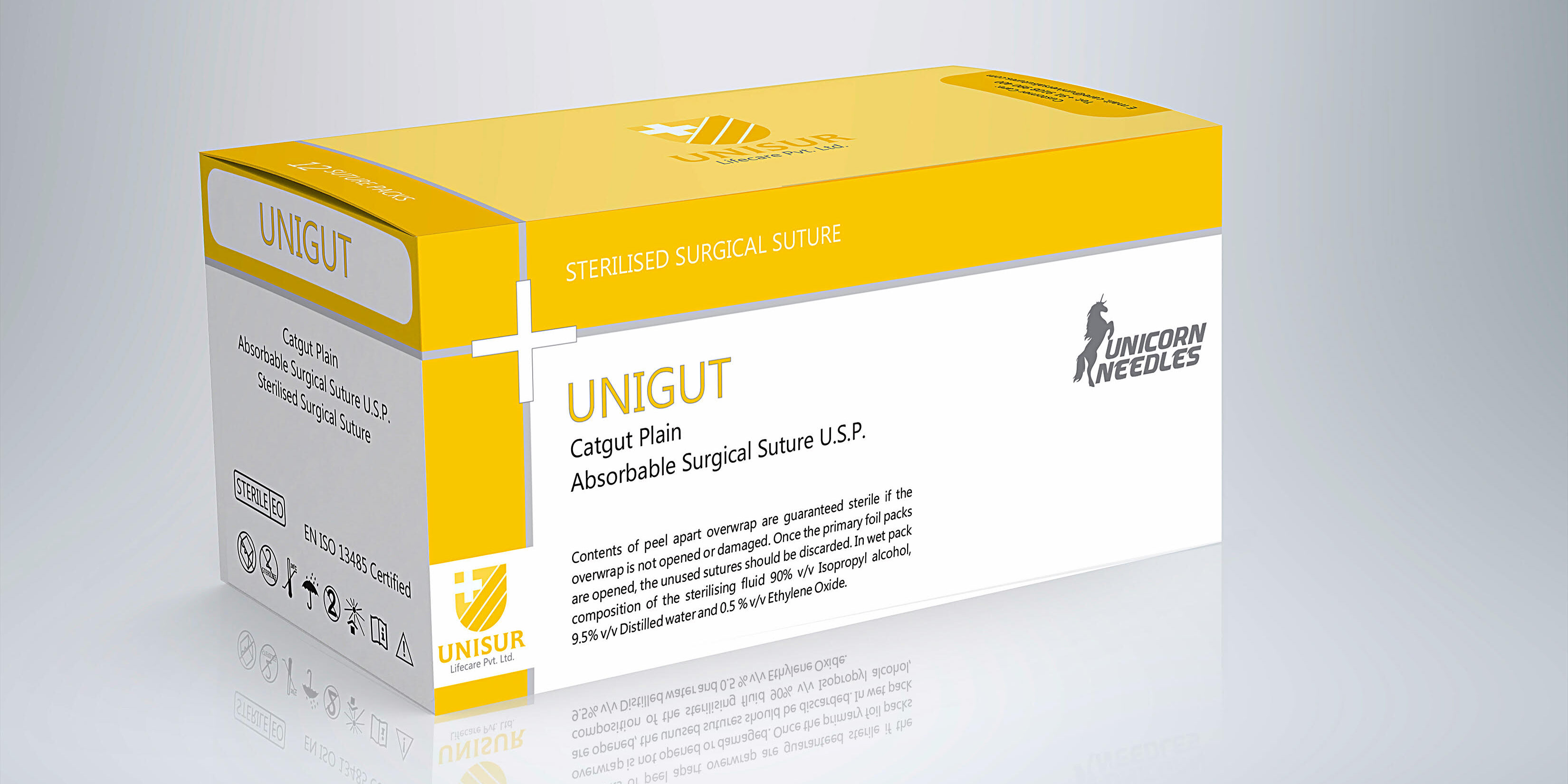Surgical suture thread made from the intestines of sheep or very young cattle, cut into thin strips which are dried and twisted to form threads of a different caliber.
The origin of the term derives from a stringed musical instrument similar to the violin, the kitte (from which catgut) Whose strings were obtained from very thin intestinal tubes.

The main feature of this material is its resorb ability inside of the organism. It, being composed of organic substances, becomes soaked in liquids, swells, gradually disintegrates, and is reabsorbed in a more or less long time of about 10 days.
The chromic derives from the treatment with a chromium salt which delays its absorption up to about 20 days.
Inside the wound, it behaves like a foreign body and can interfere with the wound healing process chromic produces a lower inflammatory response than c. normal It is generally used to ligate subcutaneous vessels and, in some cases, to close the skin.
Compared to non-absorbable sutures, the c. has the advantage of not requiring the removal of sutures allowing the surgeon and the nursing staff to save time and reducing the discomfort of the patient related to this practice also allows a better aesthetic result.





Comments